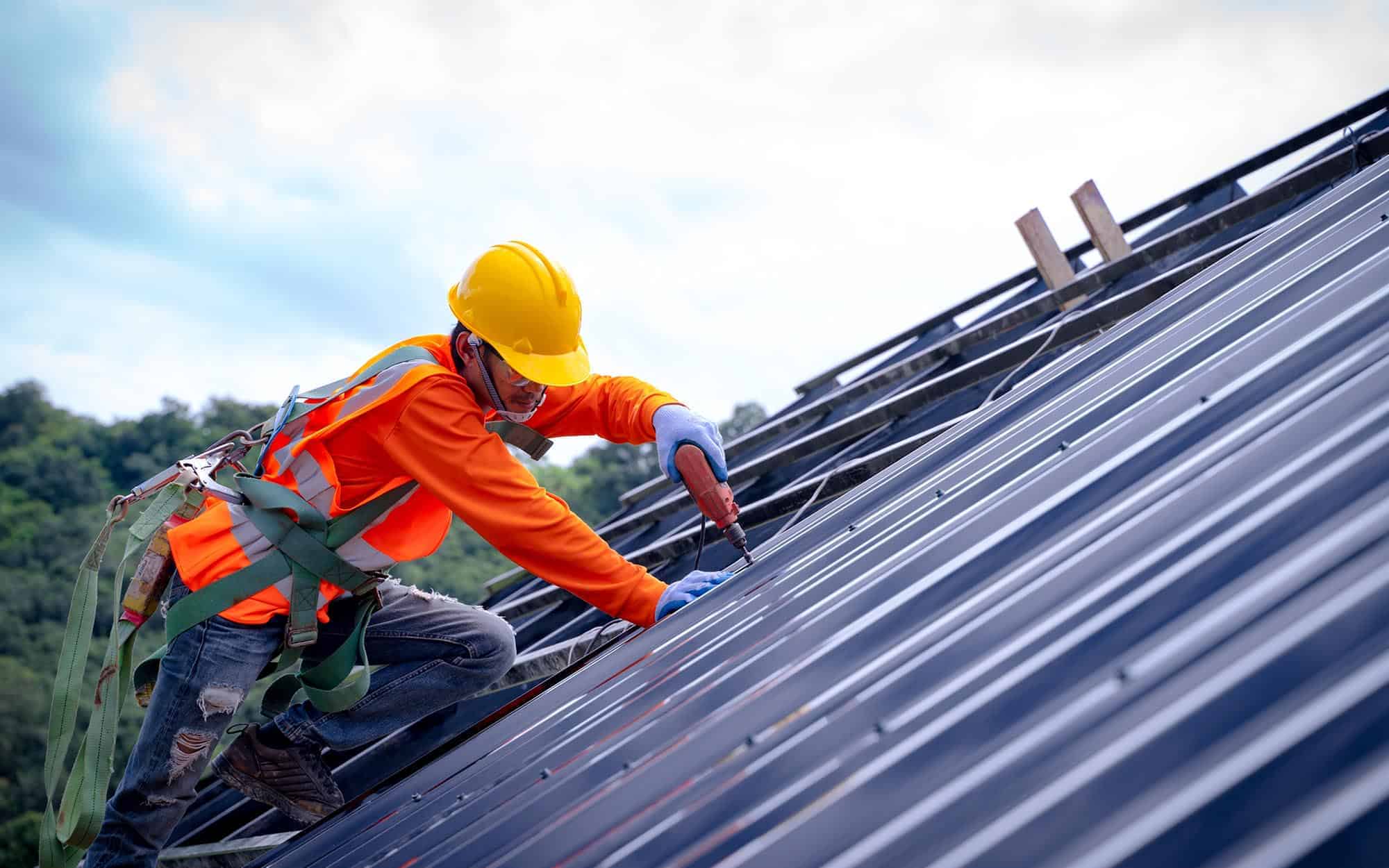What are the methods of roof inspection?

Roof inspections are important for identifying potential issues and making certain the longevity of your roof. Regular inspections can help detect issues early, preventing pricey repairs or replacements down the line. Here are some frequent methods and steps for conducting a roof inspection:
Visual Inspection:
a. Exterior Inspection:

Start by analyzing the roof from the bottom using binoculars or by safely climbing onto a ladder to get a better look.
Look for visible signs of harm, corresponding to lacking or broken shingles, curling or buckling shingles, or loose or deteriorated flashing round roof penetrations.
Check for particles, moss, algae, or lichen development on the roof, which might point out moisture-related points.
Inspect the gutters and downspouts for granules from shingles, as excessive granule loss can sign shingle wear.
b. Interior Inspection:
Go into the attic or crawl house and inspect the underside of the roof deck for signs of leaks, moisture, or water stains.
Look for daylight coming through cracks or holes in the roof deck, which may point out roof injury.
Check for signs of insulation damage, mould, or mildew development, which can end result from roof leaks.
Roof Walk:
a. If it's secure to do so, walk on the roof surface to examine it up close.
b. Be cautious and put on appropriate safety gear, such as non-slip sneakers and a security harness if wanted.
c. Look for any delicate or spongy areas, which might point out underlying damage.
d. Check for unfastened or damaged roofing materials, as well as signs of put on and tear and tear.
Moisture Detection:
a. Use a moisture meter to detect hidden moisture throughout the roof structure and insulation.
b. Moisture detection may help determine leaks or areas of potential water intrusion that may not be visible.
Drone Inspection:
a. https://roofrestorationcampbelltown.com.au/metal-roof-repair/ geared up with cameras can present a comprehensive view of the roof floor without the need for direct bodily access.
b. A drone inspection may be especially helpful for larger or hard-to-reach roofs.
Professional Inspection:
a. Consider hiring a professional roofing contractor or inspector to conduct a thorough inspection.
b. Professionals have the experience, instruments, and expertise to determine issues that will not be obvious to a home owner.
Documentation:
a. Document your findings with pictures and notes to create a record of the roof's condition.
b. This documentation can be useful for tracking modifications over time and for insurance claims or repairs.
It's essential to carry out roof inspections regularly, ideally at least once a year, and after severe climate events like storms. Additionally, if you're not comfy or assured in your capability to carry out a roof inspection safely, it is advisable to rent a certified roofing professional to make sure an intensive and accurate evaluation of your roof's situation..
